Tahiti is the biggest and best-known island in French Polynesia. The Islands of Tahiti is a territory that covers the same surface area as Europe and consisits of five archipelagos: the Society, Gambier, Marquesas, Tuamotu and Austral Islands.
The Islands of Tahiti are a long way from everywhere. It’s an eight hour flight from California and twenty hours from London. The official languages are French and Tahitian, although English is generally spoken in the tourist areas and hotels. When you think of French Polynesia, the image is of a South Sea paradise with white sandy beaches, surrounded by crystal clear turquoise lagoons. Well, the reality is…exactly that! But there are also impressive mountains, extinct volcanoes, luxuriant tropical forests, a UNESCO biosphere reserve in Fakarava and World Heritage Site in Raiatea, a thriving ancestral culture and a famously welcoming local population. There are 118 islands in the five archipelagos of French Polynesia, try to visit as many of them as possible during your stay, they are each unique and have their own special charm.
Islands, motu, and bird’s eye views
One of the most popular and enjoyable experiences in The Islands of Tahiti is a visit to one of the motu. Motu is the Tahitian word for a small islet in the lagoon of another, bigger island. Bora Bora boasts almost thirty motu dotted around its coral reef. Some of them are so small that it only takes a couple of minutes to walk from one side to the other. They are usually covered with coconut trees and the superb, colorful coral and tropical fish in their shallow water makes them ideal for snorkeling and swimming. Take a full day excursion to a motu and you’ll even be treated to a picnic lunch on the beach.
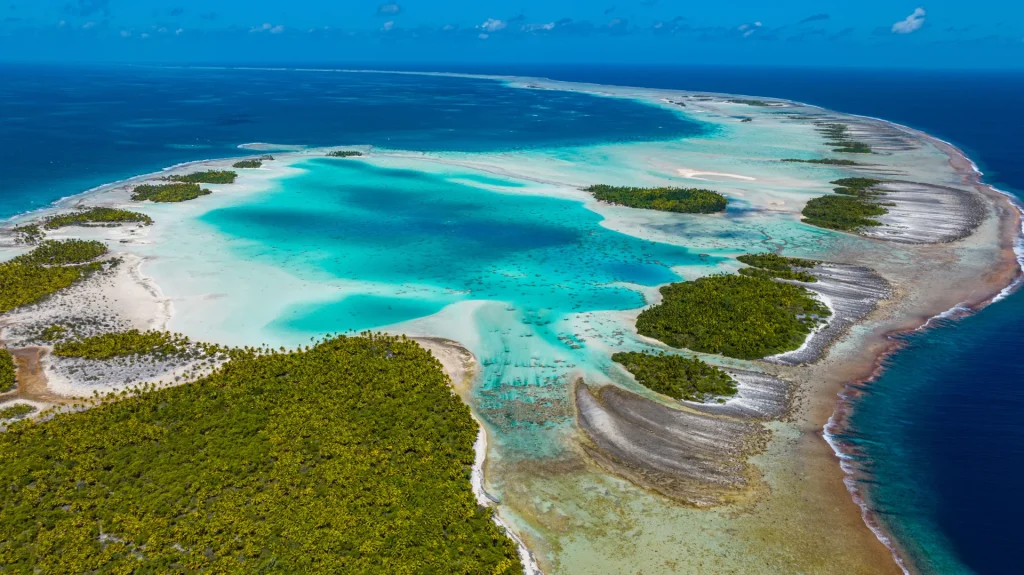
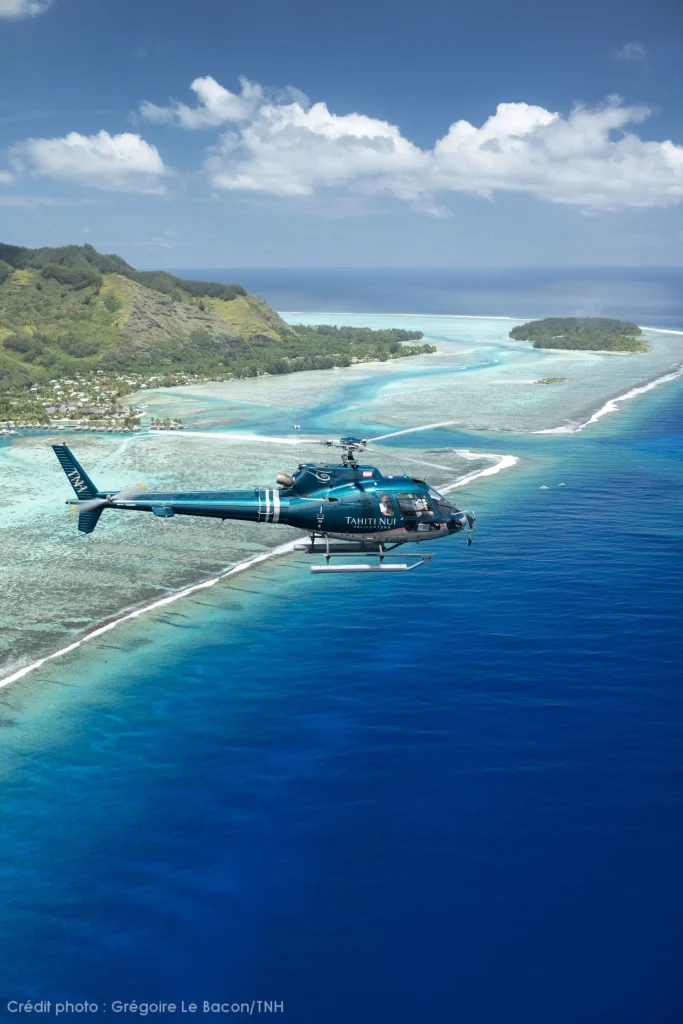
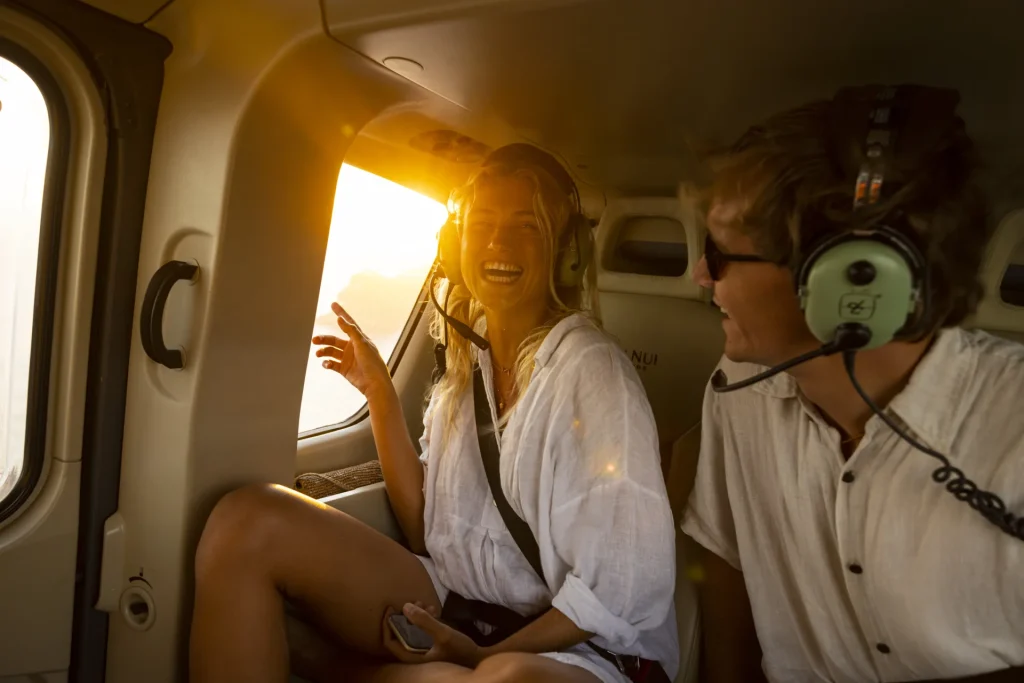
Flights from Tahiti go to the main islands in all the five archipelagos of French Polynesia. Look out of the window during your flight and you’ll often see a turquoise lagoon around an isolated island in the middle of the blue Pacific Ocean. Bora Bora, Moorea and the atolls of the Tuamotu Islands, are partcicularly spectacular when seen from the air and they’ll make magnificent additions to your Instagram page. You can even take a helicopter flight or charter a plane to make sure that you get the photo just right!
The climate and the culture
With a surface area the size of Europe, it isn’t surprising that the climate changes slightly from one archipelago to another. However, it’s nearly always warm everywhere, with average temperatures between 77° and 86°C. The dry season is from May to October and the months of November to April are more humid.
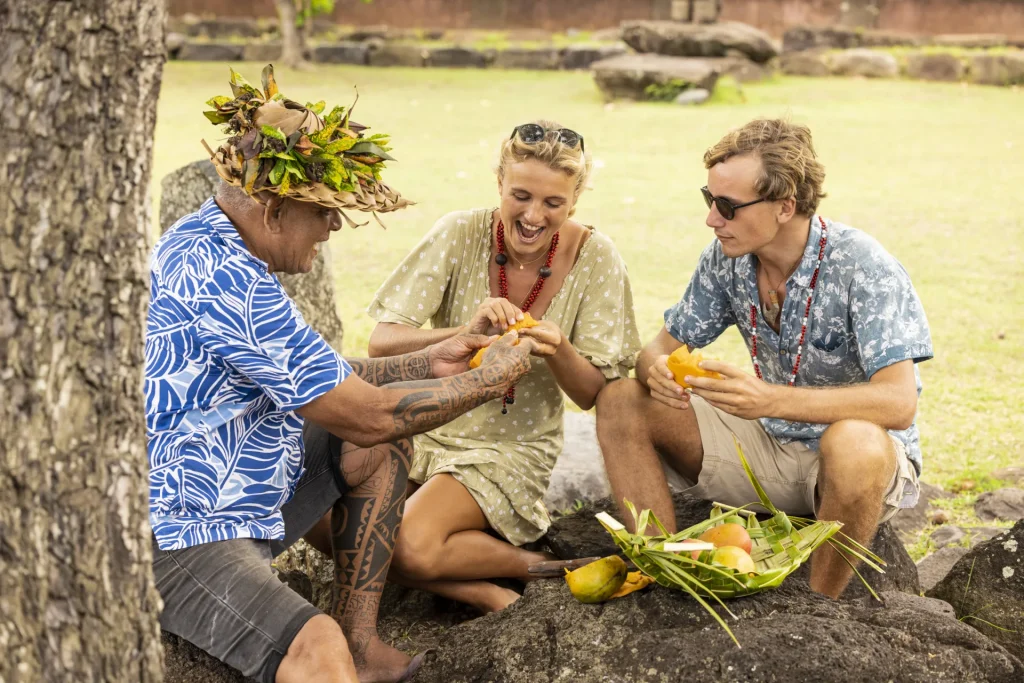
During your visit to The Islands of Tahiti, you’ll discover the rich and thriving culture of French Polynesia. The traditional arts and crafts, culinary tradition, tattooing and dances will make your voyage more authentic and enjoyable experience.
Themes

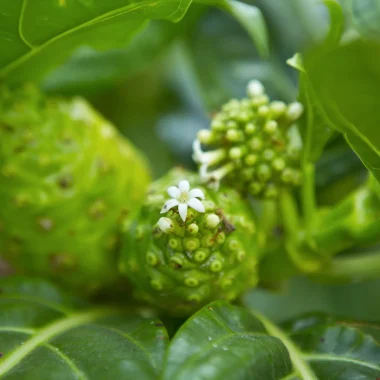
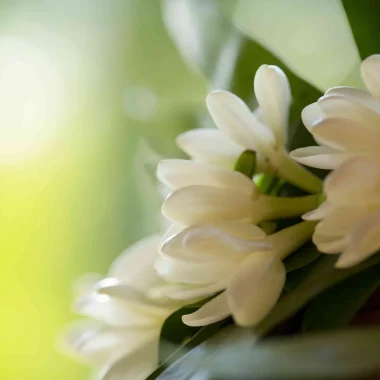
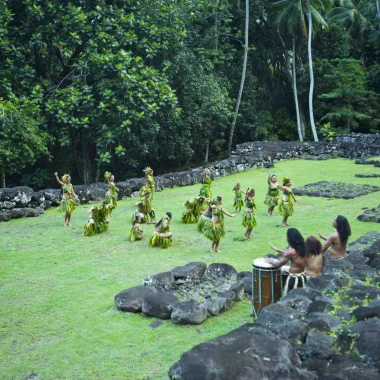
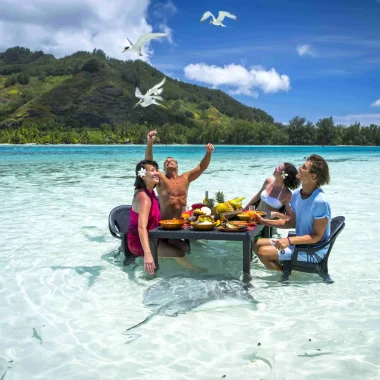
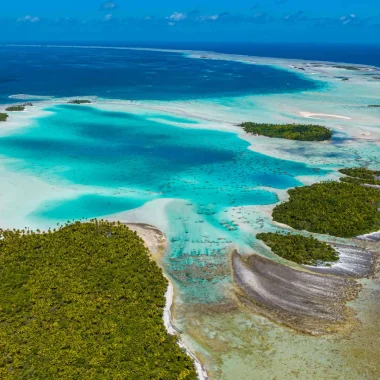
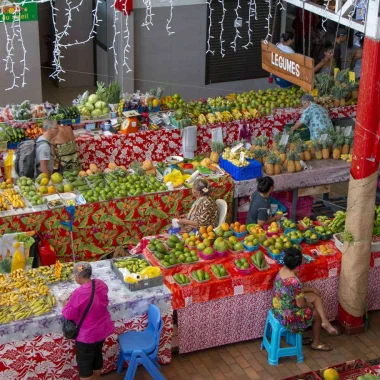
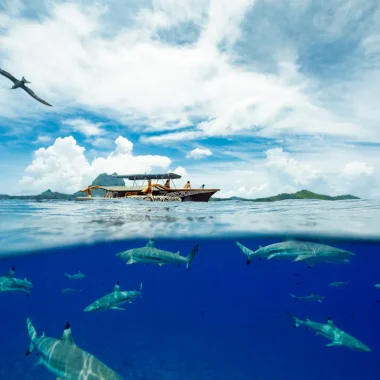
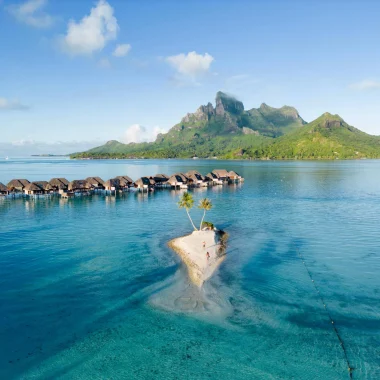
 América del Sur
América del Sur
 Australia
Australia
 Belgique
Belgique
 Brasil
Brasil
 Canada (EN)
Canada (EN)
 Canada (FR)
Canada (FR)
 Deutschland
Deutschland
 España
España
 France
France
 Italia
Italia
 Mexico
Mexico
 New Zealand
New Zealand
 Polynésie française
Polynésie française
 Schweizerisch (DE)
Schweizerisch (DE)
 Suisse (FR)
Suisse (FR)
 United Kingdom
United Kingdom
 United States
United States
 한국
한국
 中国
中国
 日本
日本